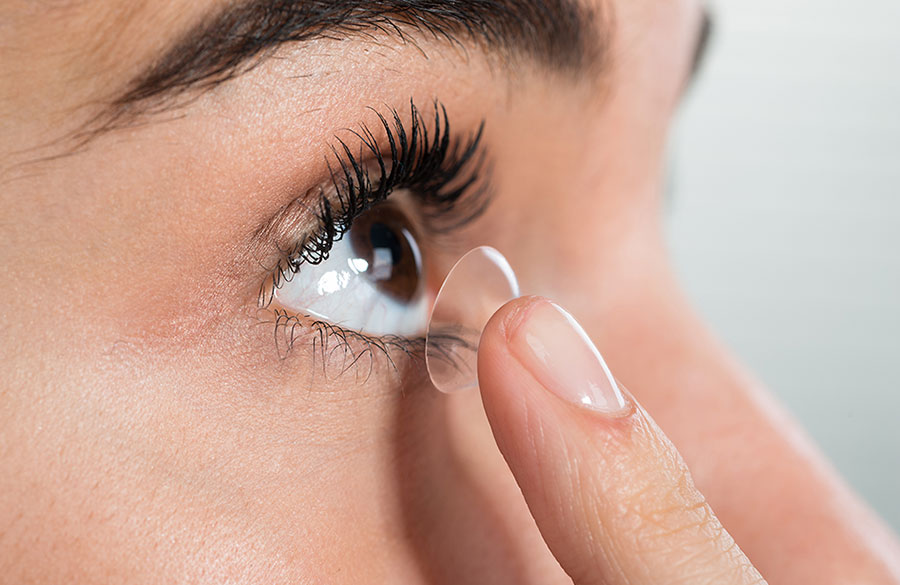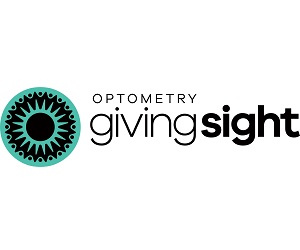
Contact lenses can be a lifestyle-enhancer for patients and a profitability-builder for practices. You can maximize patient satisfaction, and the potential to grow your profitability, if you find ways to help patients to succeed in contact lens wear and not drop out.
Studies show that contact lens patients return more frequently for office visits and contribute more revenue over time than do eyeglasses-only patients.
In addition to working part-time at We Are Eyes in Boca Raton, Fla., I teach at Nova Southeastern University College of Optometry. In most typical primary care practices, approximately 30-40 percent of patients will be contact lens wearers. At NSU, I work primarily in the contact lens clinic, so 90 percent of my patients are contact lens wearers. Recent studies reveal that the typical contact lens drop-out rate in the U.S. is approximately 10 percent, but it can range up to 60 percent.
How Much Are CL Dropouts Costing You?
It is challenging for the typical optometric office to determine the financial impact of contact lens drop out. Many doctors rarely calculate it. But if you do the math, there is significant money at stake when a patient drops out of contact lenses.
For example, contact lens examination fees for standard hydrogel, or silicone hydrogel, lenses typically range between $60-$100, and average revenue for an annual supply of contact lenses range from $100-$500 per year. That adds up to a revenue loss of $160-$600 per year per patient.
So, if you take into account the entire lifetime of a typical contact lens wearer, every time a patient drops out of contact lenses, a practice could be losing upwards of $20,000 -$30,000. If five patients drop out, this could add up to $100,000 for the practice. In addition to that, if a patient is dropping out of their contact lenses because they are unsatisfied with the doctor, or the lenses that the doctor prescribed, a practice could potentially loose their optical business and referrals from friends and family also.
Curb Discomfort: Ask the Right Questions
The most common reason for contact lens drop-outs is discomfort, mostly related to dryness. Patients also drop out because of blurred vision, the cost of the examination and supplies, the inconvenience, or fears of complication from wearing contacts. And many patients won’t tell the doctor exactly why they are dropping out.
Therefore, the first step in preventing dropouts is asking the right questions of every contact lens wear. The only way you can prevent contact lens drop-out is by identifying the problem to begin with.
Never ask: “How are you doing with your contacts?”
Never ask: “Are you doing OK with your contacts?”
Always ask: “How do your contacts feel at the end of the day compared to the beginning of the day?”
Always ask: “How can I make your contacts even better?”
Stay Ahead of Discomfort and Complications
Once you have asked the right questions, the next step in preventing drop-outs is by making improvements before complaints occur, or get worse. Even if a patient denies discomfort, I always try to prescribe something new to each patient. Contact lens technology is constantly evolving and improving. There is a strong likelihood that there is a better contact lens available today, compared to the last time the patient was examined. If a patient is already wearing the newest lens, then I re-educate them about the most appropriate artificial tears to use. I prescribe a specific re-wetting drop and a specific dosing, even if the product is available over the counter.
Prescribing daily disposable lenses is another way to reduce contact lens drop-outs. Many long-time contact lens patients are unaware that single-use lenses are the standard, not the exception, now. There are many daily disposables to choose from for spherical, toric and multifocal patients. Single-use lenses are ideal for the part time wearer, but for the full-time wearer, as they can provide superior comfort and convenience.
When offering daily disposables, focus on the benefits, rather than the technical features. Educate patients on the health benefits, minimized risk of infection and complications, and superior end-of-day comfort.
Most manufacturers will provide diagnostic lens sets at no charge. So, there is no initial cost to an OD to educating, and enabling patients to experience, new lenses! I can’t think of any other situation in optometric business where there is no initial financial investment needed. But ODs have to be willing to use the newest lenses and prescribe them to their patients with confidence. And ODs have to know that contact lens technology is constantly evolving. In a year, there may be yet another lens that they have to learn about and be willing to try.
Address Dry Eye
The majority of patients, who drop out of soft contact lenses because of lens discomfort, have dry eye. So, managing underlying dry eye is critical. Eyecare providers should recommend a specific brand-name artificial tear and a specific dosing, along with other vitamin supplements, as part of the treatment regiment.
There should also be a discussion regarding environmental factors that can lead to dry eye, such as ceiling fans and air conditioning vents blowing directly toward the eyes. And even if a patient does not need prescription-strength medications for dry eye, they should be monitored closely.
But continued monitoring is even more important if a contact lens wearer needs to be on a topical medication for dry eye such as Xiidra or Restasis. A re-evaluation and re education every 3-6 months can significantly prevent contact lens dropouts.
When it comes to dry eye from more chronic, severe ocular surface disease, scleral contact lenses can revolutionize a practice. I have many patients with severe Sjogren’s disease that cannot tolerate standard contact lenses. Patients with true keratitis sicca often see better with scleral lenses. Scleral contact lenses correct for a patient’s refractive error, but can act as a shield from the elements to protect the cornea from dehydration.
In addition, the sterile saline used to fill the scleral lens before it is inserted acts as therapeutic tear reservoir. This can heal a patient with significant corneal superficial punctate keratitis or filamentary keratitis.
Prescribe Multifocal Contact Lenses
Many presbyopic patients believe that if they have to wear glasses over their contacts to read and work on the computer, then they might as well just wear glasses full time. This is the reason many presbyopic patients drop out of contact lens wear. For that reason, multifocal technology can also help to reduce dropout rate.
Patients should be educated that multifocal contact lenses have improved dramatically recently. They provide a better range of vision compared to monovision, and now even single-use multifocal lenses are available. For part-time wearers, daily disposable multifocal lenses can provide comfort, better ocular health and vision, as well as convenience.

THUY-LAN NGUYEN, OD
Thuy-Lan Nguyen, OD, teaches at Nova Southeastern University College of Optometry and works part time as an associate at We Are Eyes in Boca Raton, Fla. To contact her: TLNGUYEN@nova.edu




















